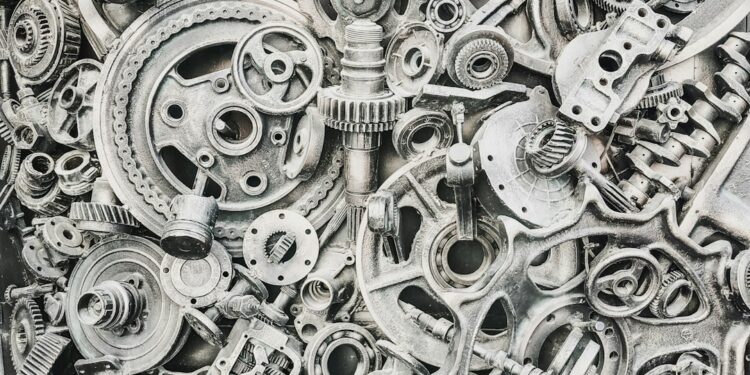In recent years, 3D printing has revolutionized many industries, including engineering. This cutting-edge technology offers a wide range of benefits that can streamline the design and manufacturing processes, improve product quality, and reduce costs. In this blog post, we will explore the benefits of 3D printing in engineering and how it is transforming the industry.
One of the key advantages of 3D printing in engineering is its ability to accelerate the prototyping process. Traditional prototyping methods can be time-consuming and costly, requiring engineers to create molds or tooling for each iteration of a design. With 3D printing, engineers can quickly and easily create prototypes in-house, allowing for rapid design iterations and testing. This not only speeds up the development process but also enables engineers to identify and address potential issues earlier in the design phase.
Furthermore, 3D printing enables engineers to create complex geometries that would be impossible to achieve with traditional manufacturing methods. This level of design freedom allows for the creation of innovative and optimized designs that can improve product performance and functionality. From intricate lattice structures to organic shapes, 3D printing opens up a whole new world of design possibilities.
Another benefit of 3D printing in engineering is its ability to reduce material waste. Traditional subtractive manufacturing processes often result in a significant amount of material being wasted during production. In contrast, 3D printing is an additive manufacturing process, meaning that material is only used where it is needed. This not only reduces material waste but also lowers production costs and minimizes environmental impact.
In addition to reducing material waste, 3D printing can also save engineers time and money by eliminating the need for tooling and molds. Traditional manufacturing methods require expensive tooling to create custom parts, which can add significant costs to a project. With 3D printing, engineers can produce custom parts on-demand without the need for tooling, reducing lead times and overall production costs.
Furthermore, 3D printing can improve product quality by enabling engineers to create parts with higher accuracy and consistency than traditional manufacturing methods. The layer-by-layer printing process of 3D printing results in parts with tight tolerances and uniform mechanical properties. This level of precision can lead to improved performance and reliability of engineered products.
One of the most exciting applications of 3D printing in engineering is in the production of custom and personalized products. From custom medical implants to personalized automotive parts, 3D printing allows engineers to create one-of-a-kind products that are tailored to the individual needs of the customer. This level of customization can lead to higher customer satisfaction and loyalty, as well as open up new opportunities for product innovation.
Another benefit of 3D printing in engineering is its ability to democratize manufacturing. By making production more accessible and affordable, 3D printing empowers small businesses and entrepreneurs to bring their ideas to life without the need for expensive manufacturing facilities. This level of democratization can spur innovation and entrepreneurship, driving economic growth and creating new jobs in the engineering sector.
Overall, the benefits of 3D printing in engineering are vast and impactful. From accelerating the prototyping process to reducing material waste, improving product quality, and enabling customization, 3D printing is transforming the way engineers design and manufacture products. As this technology continues to advance and become more widespread, we can expect to see even greater benefits and innovations in the engineering industry.













